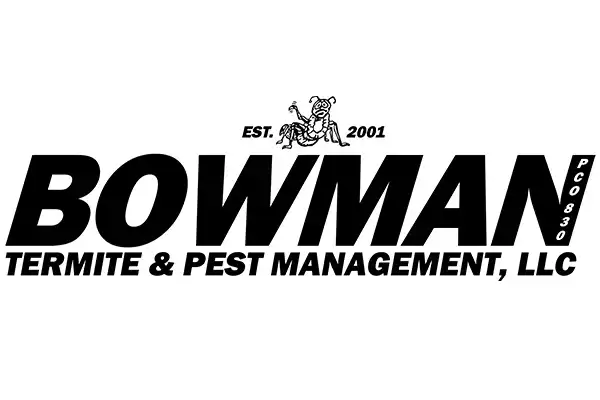Hawaiian Airlines Outlines Progress Amid Pandemic Challenges in Corporate Report

Hawaiian Airlines today released its 2021 Corporate Kuleana Report, which outlines the carrier’s progress on Environmental, Social and Governance initiatives during the most challenging period in its 92-year history as a result of the COVID-19 pandemic.
“We are rising from this crisis not only with renewed optimism but as a better, more sustainable airline for our guests, our employees and the planet,” Hawaiian Airlines President and CEO Peter Ingram wrote in the report’s welcome message. “As we progress through 2021, I am incredibly proud of our team’s accomplishments in the face of extreme adversity and encouraged for our future.”
Addressing climate change remains one of Hawaiian’s key ESG priorities. The airline has committed to achieving net-zero carbon emissions by 2050. According to airline representatives, this will be achieved through ongoing fleet investments, more efficient flying, carbon offsets, and industry advocacy for air traffic control reform and sustainable aviation fuel development and proliferation. Starting this year, Hawaiian has pledged to offset emissions from international flights above 2019 levels, in accordance with the International Civil Aviation Organization’s Carbon Offsetting and Reduction Scheme for International Aviation.
The airline also defined steps it is taking to foster diversity and inclusion. According to the airline, “evidence-based processes to minimize bias in hiring and promotional practices across Hawaiian have contributed to team diversity, with approximately 78% of its active workforce identifying as diverse based on ethnicity and 44% based on gender.”
“We can always do better, and we are re-examining our practices to ensure Hawaiian Airlines remains a diverse, inclusive, equitable and desirable place to work, and where every team member is respected, valued and supported,” Ingram said.
The report chronicles how Hawaiian endured the devastating impacts of the pandemic “by preserving financial resources, supporting employees and communities statewide, and safely providing essential transportation.”
In the fourth quarter of 2020, Hawaiian became the first US airline to establish a network of dedicated drive-through testing sites near its key gateway airports once the state of Hawai‘i began exempting travelers from quarantine with proof of a negative COVID-19 test.
“We enhanced disinfection throughout our operations and adopted an in-flight face covering policy as an added layer of protection in our cabins, which were already extremely safe by virtue of their built-in airflow and filtration systems,” the report noted.
In addition to maintaining vital transportation for passengers and cargo to, from and within the islands throughout the pandemic, Hawaiian employees participated in various philanthropic efforts. Among the highlights:
- More than 1,500 Hawaiian Airlines volunteers donated approximately 6,500 hours to cultural and environmental conservation initiatives, and to care for Hawai‘i’s most vulnerable community members. The airline also partnered with the Hawai‘i State Department of Education in a summerlong Kōkua our Schools project to refresh seven public campuses before educators welcomed students back in the fall semester.
- Hawaiian operated a complex humanitarian mission to fly 1.6 million masks to Honolulu from Shenzhen, China.
- The airline supported Hawai‘i’s medical workers, including doctors, nurses, assistants and volunteers who took over 600 complimentary neighbor island flights in April and May 2020 to conduct COVID-19 testing and deliver care.
- Hawaiian donated $472,000 worth of catering goods – ranging from new hand towels and condiments to soft drinks and packaged foods – to nonprofits in Hawai‘i and throughout the carrier’s US mainland network, as well as hundreds of thousands of soft goods and inflight items to local humanitarian organizations and schools, such as Main Cabin blankets, pillowcases and amenity kits, and First Class slippers, mattress pads and pillowcases.
The full report is available here.









